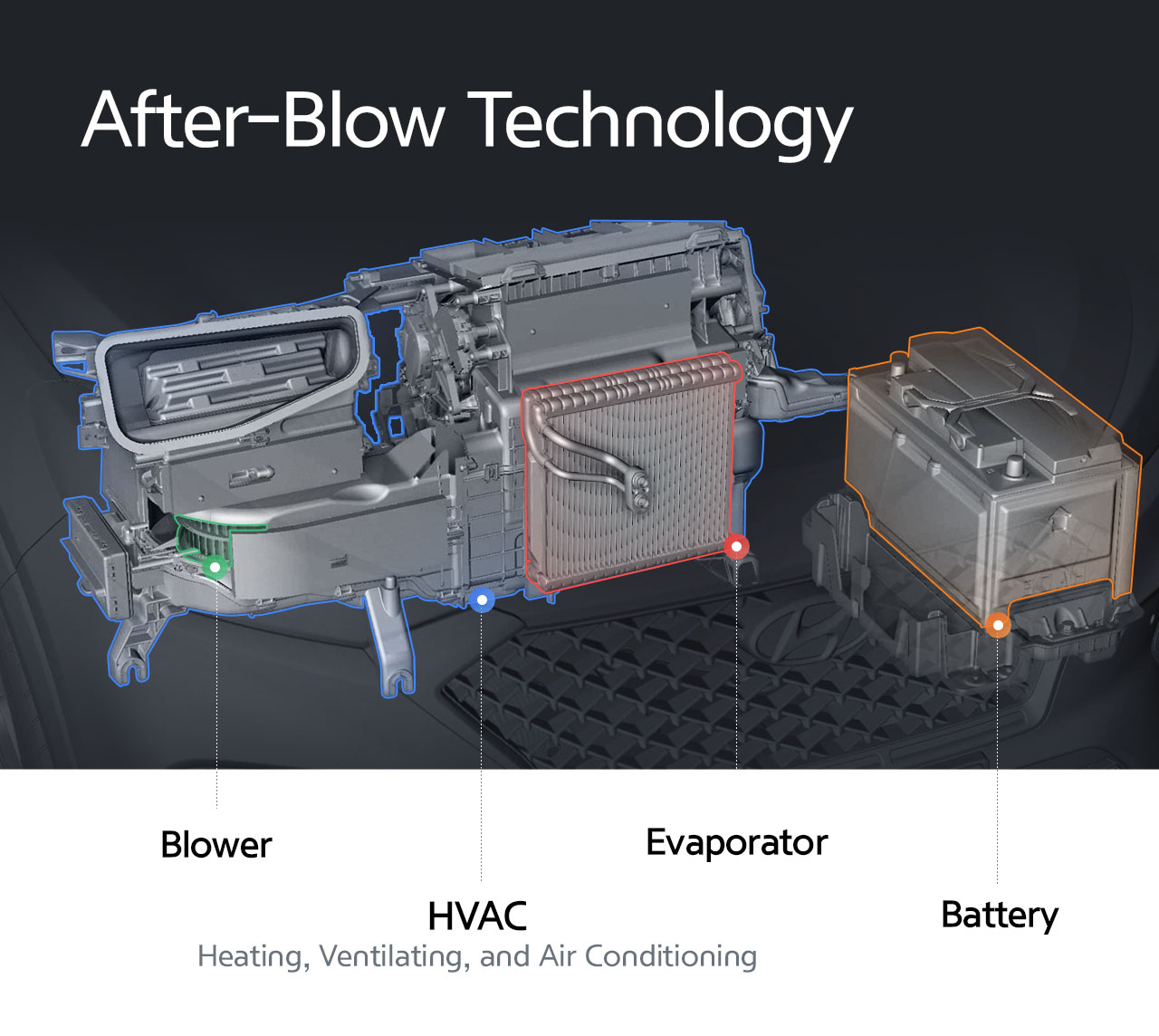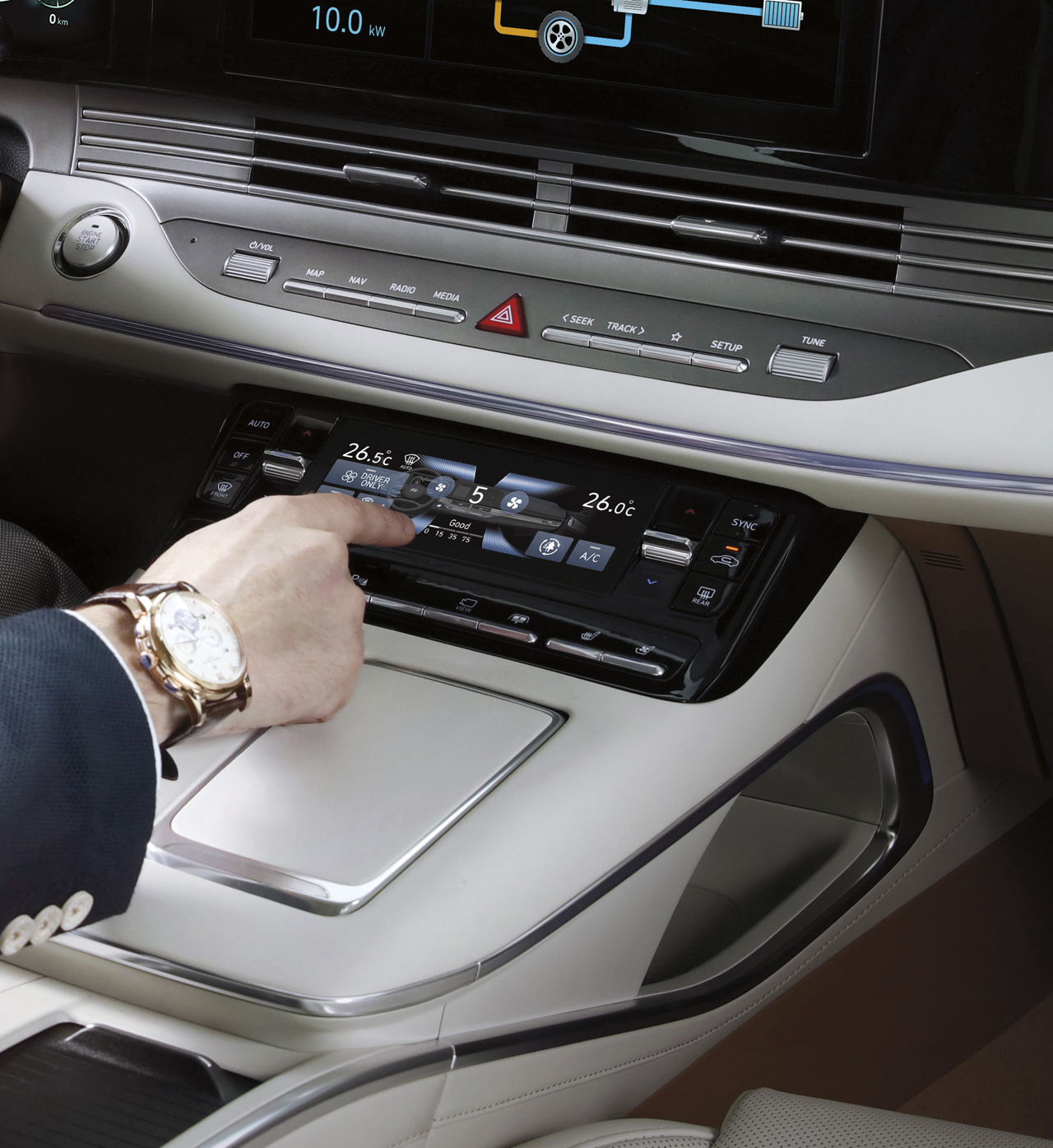Hyundai Motor Group Shows Off New AC Technology For Vehicles
Anyone with asthma or allergies knows that keeping the air clean inside their home or office helps reduce the number of symptoms they experience. Keeping the air clean inside a vehicle can be a struggle. Hyundai Motor Group is showing off new air-conditioning technologies that are designed to maintain clean air inside the car. The new technologies consist of three features specifically designed for improved air quality.
One of the challenges of current air-conditioning systems in cars is that the evaporator can grow mold and blow that directly into the vehicle. Hyundai has a new After-Blow Technology that dries the condensate on the evaporator to suppress mold growth in the air conditioning system. Often mold growth in the air conditioning system shows up as an odor during hot weather. The system has the After-Blow tech activate for 10 minutes after the engine cools off to get rid of any leftover condensate.
Multi-Air Mode is designed to use multiple vents for air-conditioning and heating to create a more pleasant indoor environment with a gentle wind. When the mode is activated, the air is dispersed to newly added multi-air slots in the driver and passenger seats in addition to normal air vents. The overall volume of air remains the same, but the dispersion reduces direct contact with the air and softens it.
Hyundai also has a Fine Dust Indicator that measures the inside air in real-time to provide the driver information on that are managing their air quality. The indicator displays the concentration of ultrafine particles inside the vehicle using integer numbers and color codes. The codes include blue for 0 to 15 μg/m3, green for 16 to 35 μg/m3, orange for 36 to 75 μg/m3, and red for 76 μg/m3 or higher.
If the levels get above 36 when the function is active, the air-cleaning mode will run to purify the air in the vehicle. The system activates the climate control system and sets the air volume between three and eight in re-circulation mode and activates the AC system to reduce indoor humidity. It's unclear when any of these technologies might show up on production vehicles.










